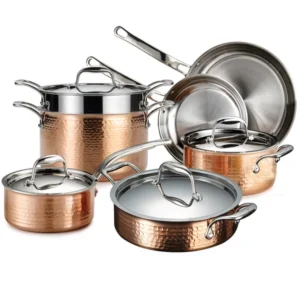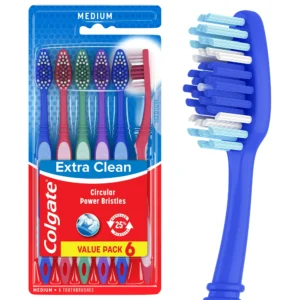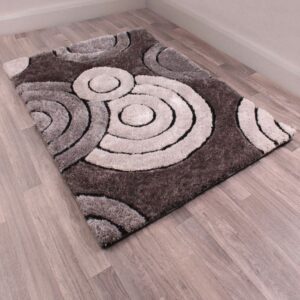There are many cleaning products present on the market and the majority are what we refer to as detergents. A detergent is a substance or a mixture containing soaps and/or surfactants (any organic substance/mixture) intended for washing and cleaning processes.
Detergents may be in many forms, for example, traditional powders, unit dose tablets, concentrated liquids, liquid capsules, pastes or cakes, and come in a range of variants to meet consumers’ needs on cleaning, skincare, fabric care and fragrances. They may be for household, institutional or industrial purposes.
Examples of everyday detergent products are laundry and fabric softeners, all-purpose cleaners and mixtures intended for soaking (pre-washing) rinsing or bleaching. Detergents may also be biocidal, e.g. disinfectants, bleaches. Please see biocidal detergent products section for more details.
Overview of the functions of detergents and surfactants
- Assist in surface wetting with water and mixing of dirt with water
- To influence the pH value of the surface to be cleaned,
- to dissolve the hydrogen compounds that cause dirt to adhere to the surface
- to stimulate the decomposition of dirt-forming substances
- Increase of the interface surface between detergent and dirt for a cleaning foam formation
- Reduction of water hardness: this promotes surface wetting with water and thus the dissolution of dirt particles
- Decomposition of dirt by stimulating an oxidation process
What are some examples of the use of detergents?
- Washing aids that serve to soak, rinse or bleach textiles
- Fabric softeners, which change the feel of textiles
- Cleaning agents such as household cleaners/all-purpose cleaners or other agents used for cleaning different surfaces
- Cleaning and washing agents for all other cleaning and washing processes
- Cosmetics for the removal of skin impurities and soiling











Reviews
There are no reviews yet.